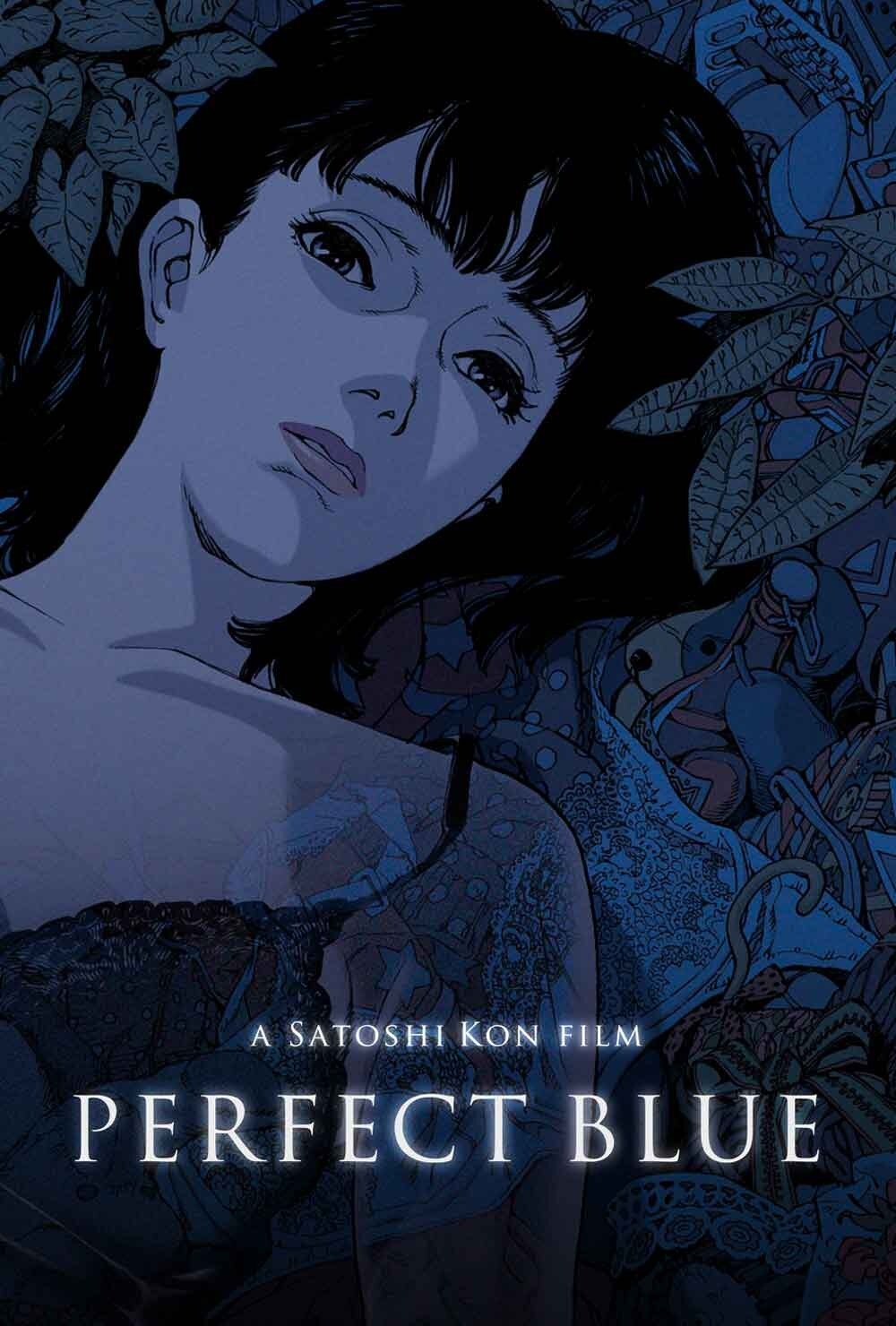Perfect Blue by Satoshi Kon (1997)
A review of Satoshi Kon’s masterpiece thriller Perfect Blue.
Although Satoshi Kon died tragically young because of pancreatic cancer, he is best known for the films that he directed. Perfect Blue was the second that Satoshi Kon had directed and is one of his best known films. Perfect Blue took the world by storm, as filmmakers still continue to draw inspiration from it in both live action and anime films.
Perfect Blue was one of his first films, but it carried such a heavy nuance to it, one that wasn’t as apparent back in 1997, but comes in full-force in 2021, when I am writing this. Our main character may not have a cellphone or a portable laptop that she can carry everywhere, but the feeling of being watched follows her wherever she goes.
There is so much to unpack with this film—I know I say this phrase a lot, but Perfect Blue holds such historical contexts for a big reason, one that as an anthropology and sociology nerd, I find this film to be a key relic in discovering our digital footprints.
Let’s dive straight into this analysis of the film.
Content & Characters
Our main character, Mima, has been in the Japanese idol industry for some time. At the start of this film, she’s ready to retire and move on to greener pastures, and thus she decides to become an actress. She’s following her dreams! That’s great, right? Not until it all goes terribly wrong and we begin to delve into the deeper underbelly of media and the entertainment industry.
If you know anything about the idol industries in Japan, South Korea, and China specifically, you’ll come into this movie knowing about how these idols are treated. Their images, like Mima’s once was, are squeaky clean. Often these idols are placed into stereotypical roles within their own groups, ones where there are consequences if you break character. And so, as an actress, Mima has to immediately break character to get roles and build a portfolio, because that’s just how it works.
But her super fans don’t like that. Not at all. Mima soon is getting threatening fax messages (wow! fax machines, remember those) and logs online one day to discover that an online forum called Mima’s Room has opened up. This forum is too eerie, as it knows everything Mima is doing—even in her own private bedroom.
We start to think Mima is an unstable character as the movie progresses onwards and the plot unfolds. First, she is just being stalked, but then, in a wilder twist of events, the people around her are slowly being killed off one by one. On the side, as she is an actress, she keeps getting placed in roles that are drastically different from her previous image. In one scene, she is supposed to be raped in a strip club and is surrounded by men. It’s absolutely disgusting to watch that scene, and it is in that moment I’m pretty glad this is an animated film.
We think Mima, as she begins to doubt herself, is the source of these murders and can no longer trust her. As her paranoia grows, us, as the viewers, also are suspicious of almost everyone. And so this segways into the section on which I find this film so interesting.
I wrote an article about this for Curiosity Shots, but this film was released before the rise of the Internet in homes and social media. Think about what would happen if this film were set in 2021 and not 1997. It becomes a more globalized factor, due to the widespread popularity of Asian entertainment across the world now, and it becomes even easier to do all of this with social media. It’s insane the possibilities that this film delved into that are becoming realities right before our eyes with the advancement of technology. Insane, but also extremely terrifying.
Cinematic Technique
This is an animated movie, but there are some scenes in here that are absolutely killer, and you know it because so many other movies have replicated them. For example, we have the scene in which Mima is being stalked by one of her super fans, who we begin to suspect is the source of all of this. As she glides across the stage, he holds out his hand, and she is positioned perfectly within his metaphorical grasp. That scene is absolutely brilliant.
Some other remarkable scenes in this movie include the bathtub scene where she’s hugging her knees, then sticks her head underwater to scream. That’s a feeling many viewers can definitely relate to, as if they’re always drowning and screaming underwater. Then we have the scenes that are straight up graphic and gory, and where the movie begins to twist in on itself deeper, making watching it even more painful and raising the stakes.
Overall Thoughts
This is a really good film, one that I would recommend as a staple in Japanese cinema. The story transcends national borders, especially in the contemporary era. It’s interesting to observe this film with a modern lens due to how technology has improved, making everything that’s happened in the film even easier to occur. All in all, it’s worth watching at least once.
